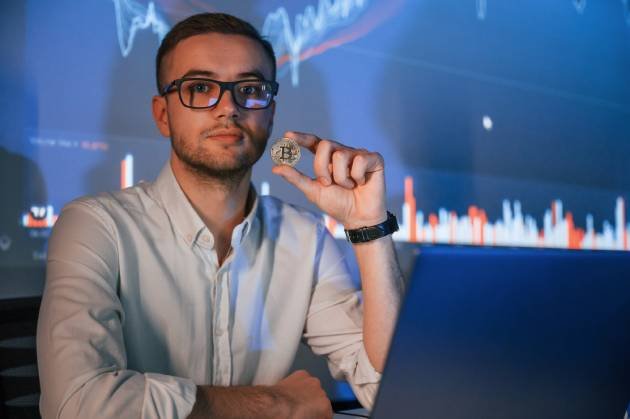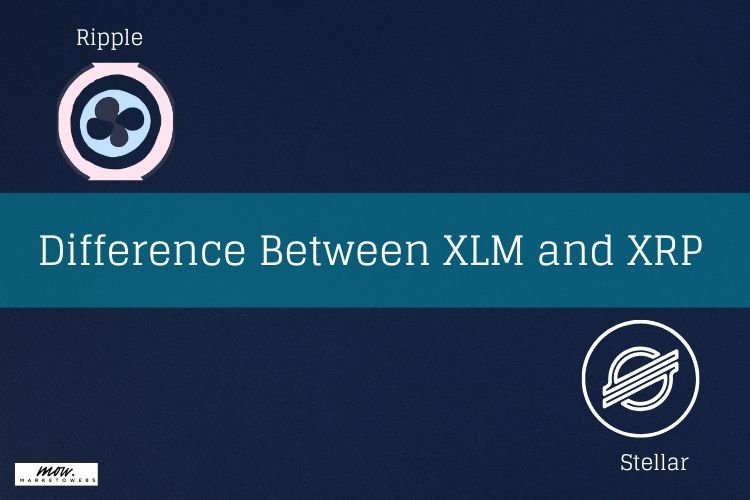
A Consumer Token Offering (CTO) in the crypto world represents a method for blockchain projects to distribute tokens directly to consumers in exchange for services or products, rather than traditional fundraising from investors.
Unlike ICOs (Initial Coin Offerings) or STOs (Security Token Offerings), CTOs emphasize delivering value to the user base from the start, creating a more consumer-focused approach.
By utilizing blockchain technology, businesses can offer tokens that can be used within their ecosystems, often incentivizing early adoption and building a community-driven project with long-term sustainability.
What is a CTO in Crypto?
A Consumer Token Offering (CTO) in the crypto world is a new fundraising mechanism where a company offers tokens to consumers to access future services, products, or rights within a specific ecosystem. Unlike traditional tokens or security token offerings (STOs), CTOs are designed primarily for utility purposes rather than investment, aiming to engage consumers in the early stages of a product’s launch.
In a CTO, tokens represent access to a platform’s services, allowing users to perform tasks such as purchasing goods or participating in specific features within that platform. These tokens are usually built on blockchain technology, providing security, transparency, and decentralization benefits. Many companies now opt for CTOs to build a loyal user base before fully launching their product or service, and the token’s value can fluctuate based on demand for the platform’s offerings.

How Does a CTO Work?
A Consumer Token Offering (CTO) works by allowing businesses to issue blockchain-based tokens directly to consumers, typically with a specific utility in the company’s ecosystem. Here’s a breakdown of how it functions:
1. Project Development: The company creates a blockchain platform or service with consumer token integration. These tokens can provide access to products, services, or special perks within the platform.
2. Token Creation: Using blockchain technology, companies develop consumer tokens on platforms like Ethereum or Binance Smart Chain. These tokens are not securities and are designed for use, not speculation or trading.
3. Token Distribution: The tokens are then sold to consumers through dedicated platforms, exchanges, or company websites. The goal is to engage users by offering them something tangible they can use within the ecosystem.
4. Usage and Engagement: Once distributed, the tokens allow consumers to purchase products, access services, or gain exclusive privileges. They help companies foster customer loyalty and create a dedicated user base.
CTOs focus on utility rather than investment, making them different from ICOs or STOs. They aim to directly engage users, providing benefits like discounts or early access to services, and are not intended to appreciate in value for trading purposes
How to Create Consumer Tokens?
To create consumer tokens, you’ll need to follow a structured process that ensures your token is both functional and legally compliant.
Choose a Blockchain Platform: Select a blockchain platform, such as Ethereum, Binance Smart Chain, or Polkadot, based on your project’s needs, like lower transaction fees or scalability. Your choice will significantly impact your token’s usability and adoption.
Prepare a Whitepaper: A whitepaper outlines your token’s purpose, technical specifications, and tokenomics. It serves as a roadmap for potential users and investors, explaining the problem your token solves and how it functions within your ecosystem.
Develop Smart Contracts: Write smart contracts, typically using programming languages like Solidity for Ethereum. These contracts define how the token behaves, including minting, transfers, and staking. Testing on a blockchain testnet ensures everything works before deployment.
Deploy and Test: After successful testing on a testnet, deploy your token on the main blockchain. This step makes the token available for use, allowing it to be traded or consumed as outlined.
Compliance and Audits: Ensure your token complies with relevant laws, especially if the token is used in fundraising efforts. Engage professionals for auditing smart contracts to mitigate risks.
These steps ensure that your consumer tokens are ready for the market, whether as part of a Consumer Token Offering (CTO) or another use case.
Examples of CTO
Here’s a brief overview of the Consumer Token Offering (CTO) examples:
Terra Luna Classic (LUNC): Initially launched as part of the Terra ecosystem, LUNC faced a major collapse during the de-pegging of its stablecoin UST in 2022, resulting in significant losses. However, Terra was rebranded as Terra Classic (LUNC) with the intent to revive the project and stabilize the value through governance reforms and community-led initiatives. LUNC remains a prominent example of a project recovering post-crash, showcasing the potential risks and resilience in crypto.
Gigachad (GIGA): GIGA, a meme coin on the Solana blockchain, gained significant attention in the meme coin market due to its sharp price surges, notably jumping over 200% within a week. This example illustrates the highly speculative nature of certain tokens in the market, driven by community hype rather than fundamental value.
Billy (BILLY): Another meme coin in the Solana ecosystem, Billy (BILLY) mirrors GIGA’s performance with large, short-term price increases. Such tokens, while volatile, are part of a larger trend where meme-based cryptocurrencies leverage community engagement for rapid growth.
These examples highlight the diversity in the CTO space, ranging from established projects like Terra Luna Classic to speculative meme coins such as GIGA and BILLY.
Final Thought
A CTO (Consumer Token Offering) represents an innovative method for businesses to distribute tokens directly to consumers, democratizing access to new digital assets and decentralized services. Unlike traditional fundraising models, CTOs allow projects to reach a wider audience by emphasizing consumer engagement and token utility.
By offering tokens with real-world use cases, companies can drive adoption and participation within their ecosystems, fostering loyalty and community growth. As the crypto landscape evolves, CTOs provide a fresh approach for both consumers and businesses to leverage the power of blockchain technology.



